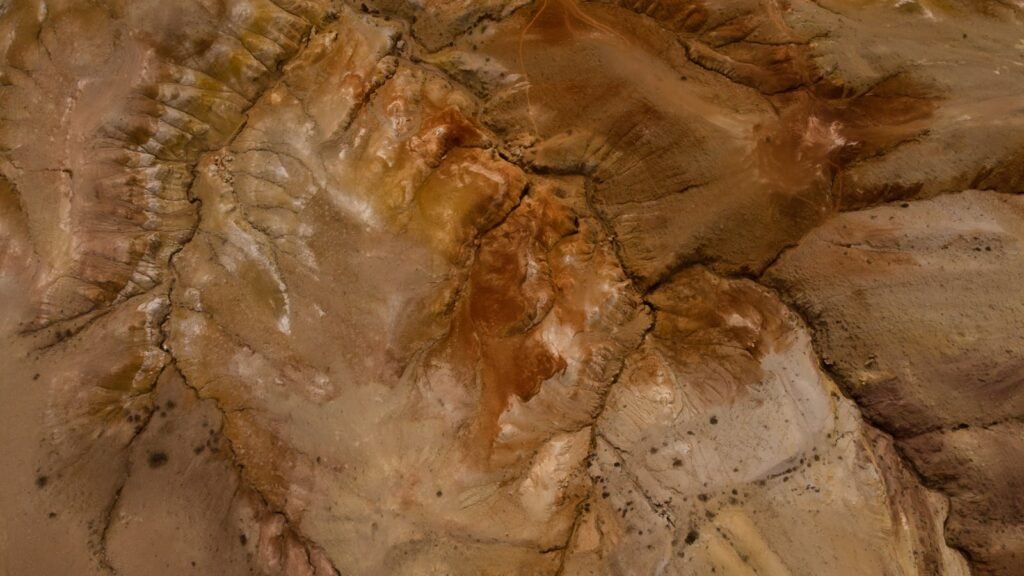Imagine a civilization that mastered the art of coaxing rivers through one of the harshest deserts in North America, transforming barren landscapes into lush green farmlands. Over a thousand years ago, the Hohokam people achieved the unthinkable: they carved a vast network of canals into the Arizona desert, a feat that still baffles modern engineers. Their ingenuity didn’t just build cities—it sustained life against all odds, leaving behind silent relics that whisper of an era when water flowed where none should have. The story of the Hohokam canals is one of resilience, brilliance, and the relentless drive to thrive in a world where survival seemed impossible.
The Desert Challenge: Living Where Water Is Scarce
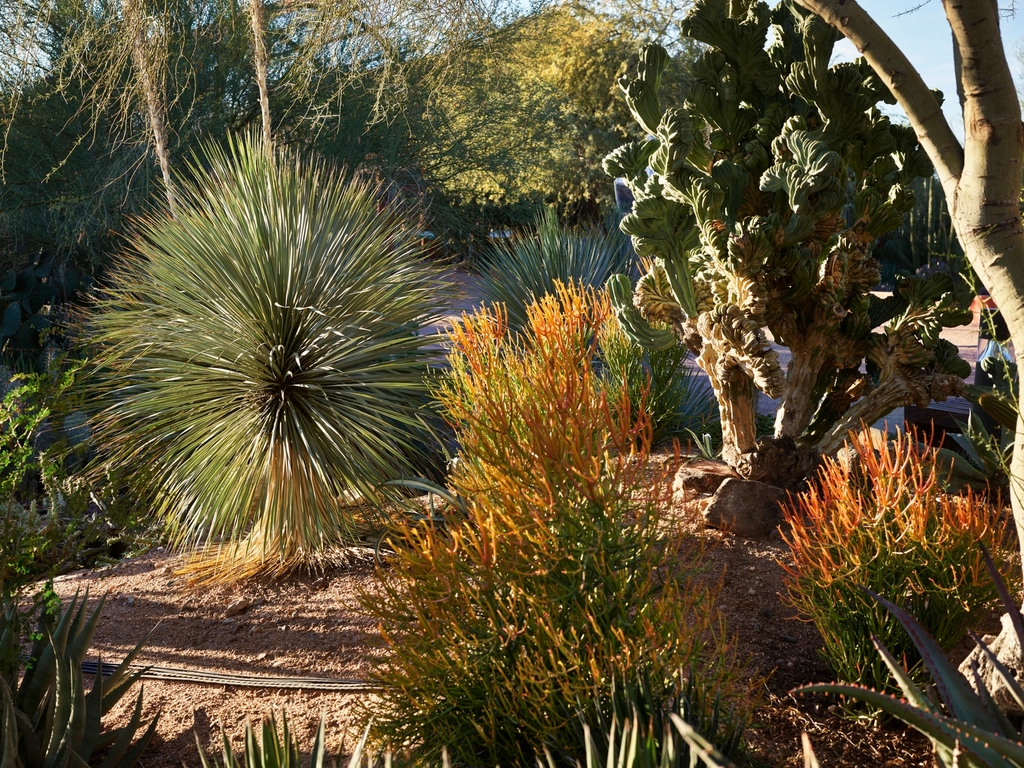
The Sonoran Desert is a place of extremes, where summer temperatures soar above 110 degrees and rainfall is rare. For most people, it’s hard to imagine calling such a place home. Yet, the Hohokam not only survived here but flourished for centuries. Their secret weapon was their absolute mastery over water. Unlike other ancient peoples who relied on rainfall or small springs, the Hohokam engineered solutions on a grand scale. They looked at the mighty Salt and Gila Rivers and saw opportunity, not obstacles. Their determination to overcome the desert’s cruelty was the first step toward an enduring legacy.
A Civilization Built on Water
Water is life—this was the unbreakable law that defined the Hohokam culture. Every aspect of their society revolved around their ability to manage this precious resource. They didn’t just use water; they shaped it, diverted it, and turned it into the cornerstone of their civilization. Entire communities sprang up along the banks of their canals, with bustling villages, farmlands, and ceremonial centers. The canals made it possible to grow crops like corn, beans, squash, and cotton, feeding thousands and supporting complex trade networks. Without their waterworks, there would have been no Hohokam civilization as we know it.
Engineering Marvels: The Design of the Hohokam Canals
The Hohokam canals weren’t haphazard ditches—they were carefully planned and precisely engineered. Some canals stretched for over 20 miles, with widths up to 15 feet and depths reaching five feet or more. The gradient of each canal was so carefully calculated that water would flow gently, avoiding erosion but ensuring steady delivery to distant fields. Modern engineers have studied these ancient waterways and marveled at the Hohokam’s understanding of hydrodynamics. It’s astonishing to realize that this was all done without metal tools, heavy machinery, or written plans—just skill, cooperation, and a deep knowledge of the land.
Building and Maintaining the Canals
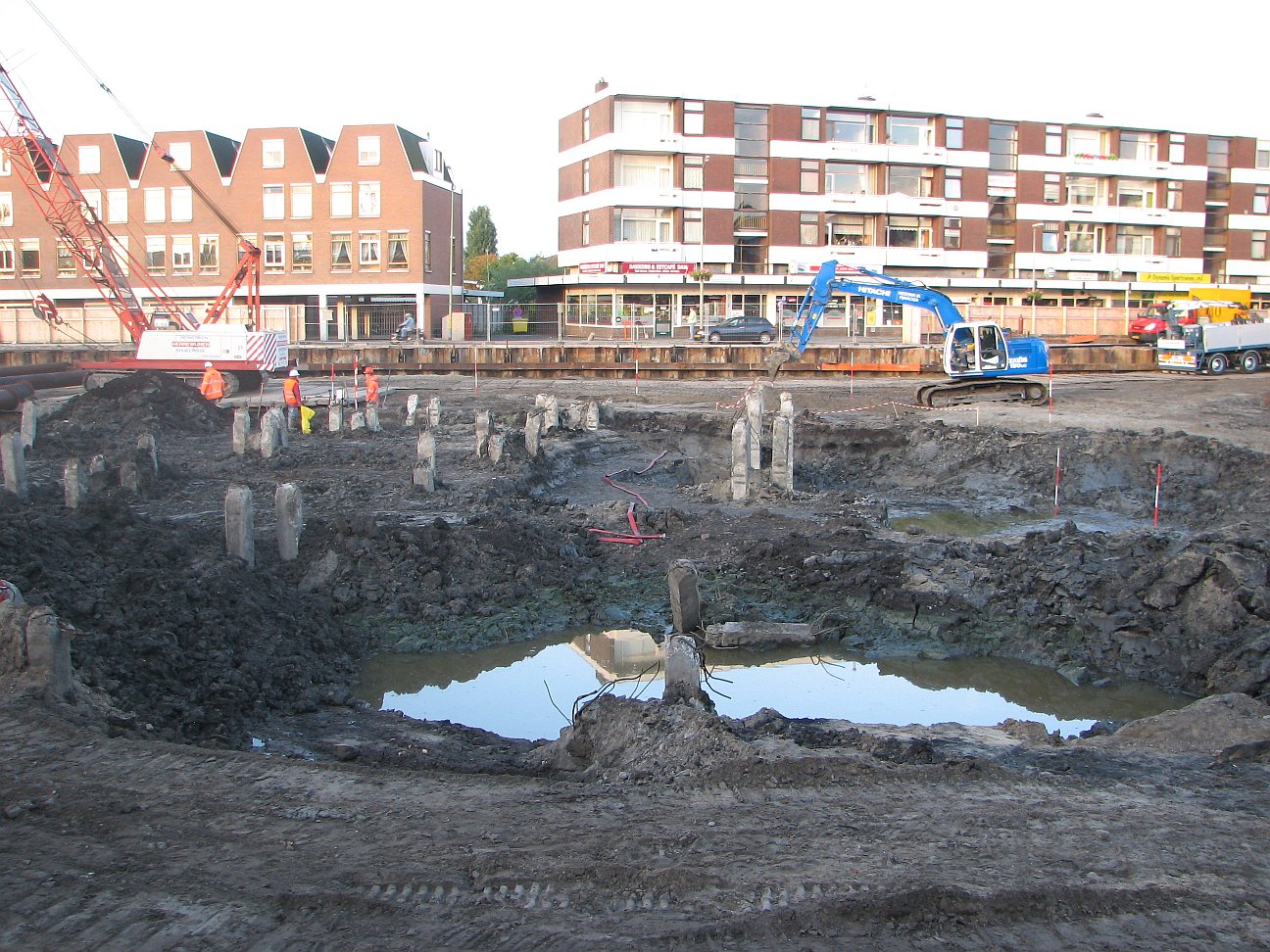
Constructing these canals was a massive communal effort, requiring the labor of countless people over many years. The Hohokam dug through tough desert soils with wood, stone, and bone tools. They created a network of main canals and smaller branches, often lining them with clay to prevent leaks. Maintenance was a never-ending job—sediment would build up, walls would erode, and damage from floods was a constant risk. The community had to work together, season after season, to keep the water flowing. This shared responsibility helped bind Hohokam society together, fostering cooperation and collective pride in their achievements.
A Network That Rivaled Rome
When you hear “ancient canals,” you might think of Rome or Egypt, but the Hohokam system was one of the largest in the ancient world. Some archaeologists estimate that their canal network covered over 500 miles at its peak. This vast web of waterways wasn’t just for irrigation: it connected villages, allowed for transportation, and even shaped the layout of their cities. Imagine looking out across the desert and seeing shimmering ribbons of water winding toward the horizon—proof that human ingenuity could rewrite the rules of nature.
Farming the Desert: Crops and Abundance

Thanks to their canals, the Hohokam became masters of desert agriculture. They grew staple crops like maize, beans, and squash, but also experimented with cotton, tobacco, and even agave. The canals made multiple harvests possible each year—a miracle in such an arid region. The surplus food supported artisans, traders, and religious leaders, creating a vibrant, complex society. Their farmlands became oases, attracting wildlife and turning the desert into a patchwork of green fields and orchards. Some researchers believe the abundance generated by these farms was unmatched anywhere else in prehistoric North America.
Social Structure and Water Management
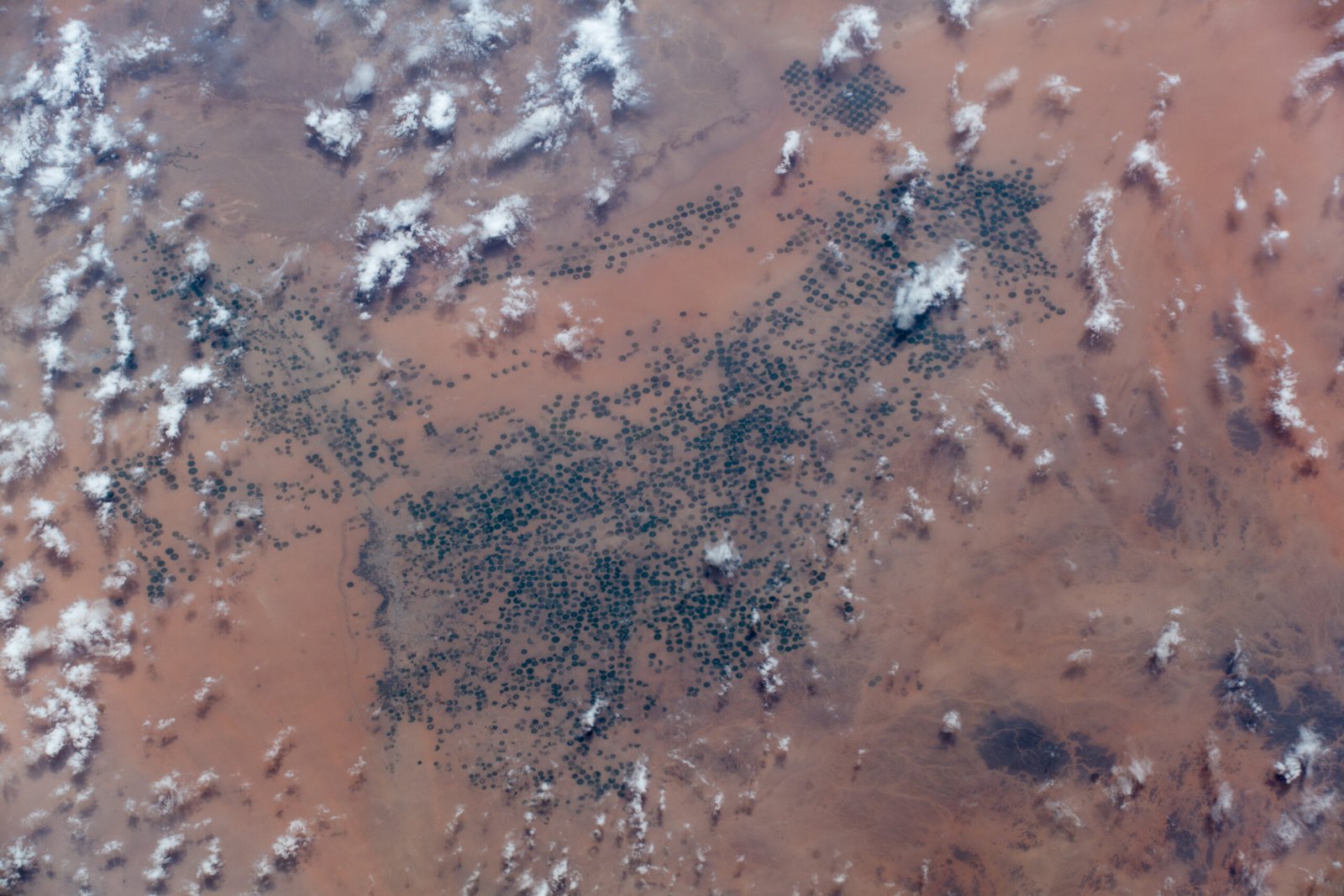
Managing such a huge irrigation system required sophisticated organization. The Hohokam likely developed councils or chiefdoms to oversee canal construction, maintenance, and water distribution. Disputes over water were settled by community leaders, and strict schedules ensured everyone got their fair share. This level of cooperation was rare for ancient societies and speaks volumes about the Hohokam’s ability to work together. Their social systems were literally built on water—their survival depended on fairness, planning, and the willingness to put the group above the individual.
Archaeological Discoveries: Unearthing the Lost Canals
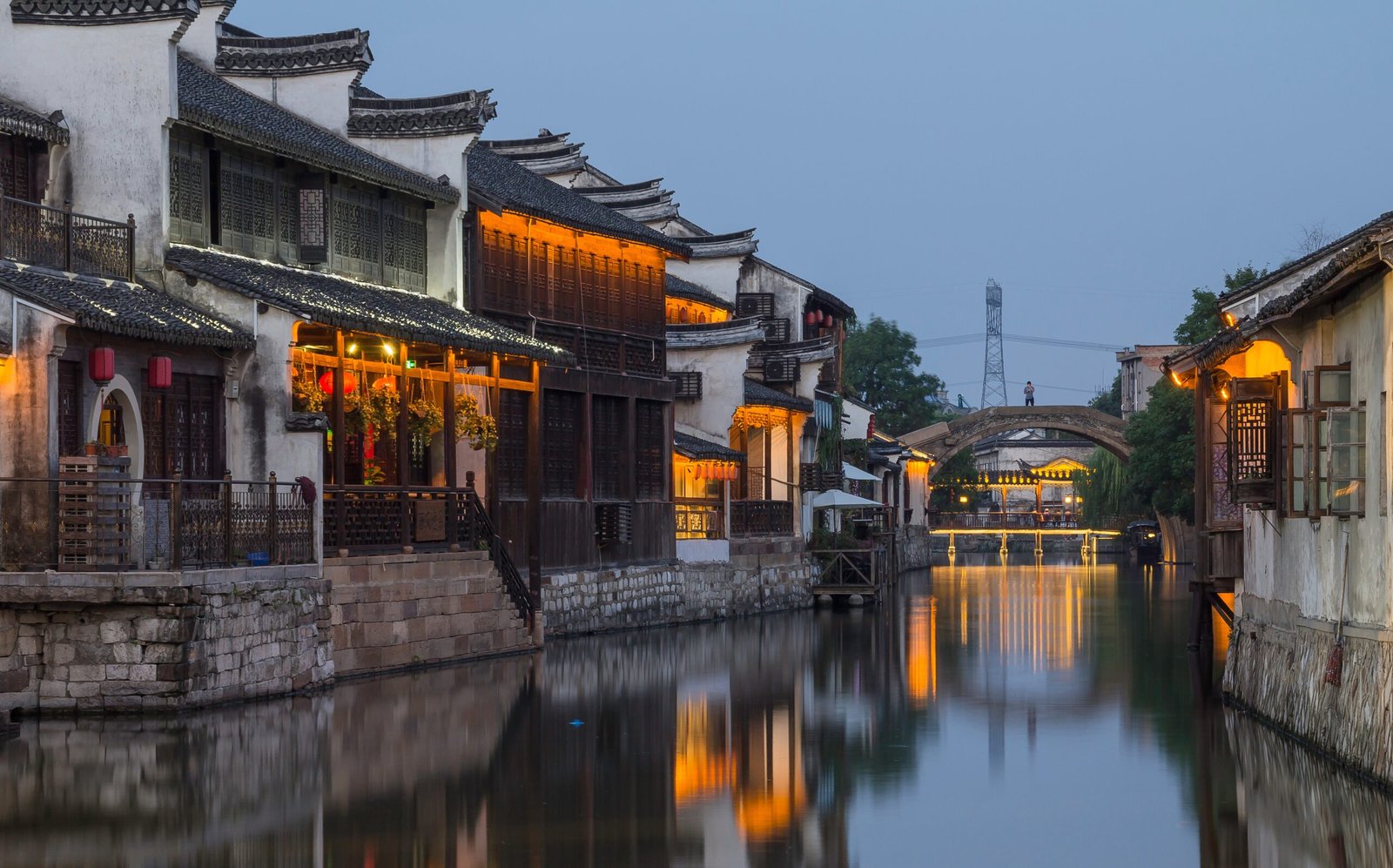
For centuries, the Hohokam canals were lost under desert sands or hidden beneath modern Phoenix. In recent decades, archaeologists have uncovered remnants of these channels, revealing their true scale and sophistication. Using satellite imagery, ground-penetrating radar, and old-fashioned digging, researchers have mapped miles of ancient waterways. In some places, you can still see the ghostly outlines of canals running beneath city streets or farmland. These discoveries have rewritten our understanding of what ancient Americans were capable of, challenging stereotypes and sparking new questions about lost civilizations.
Legacy and Influence on Modern Arizona
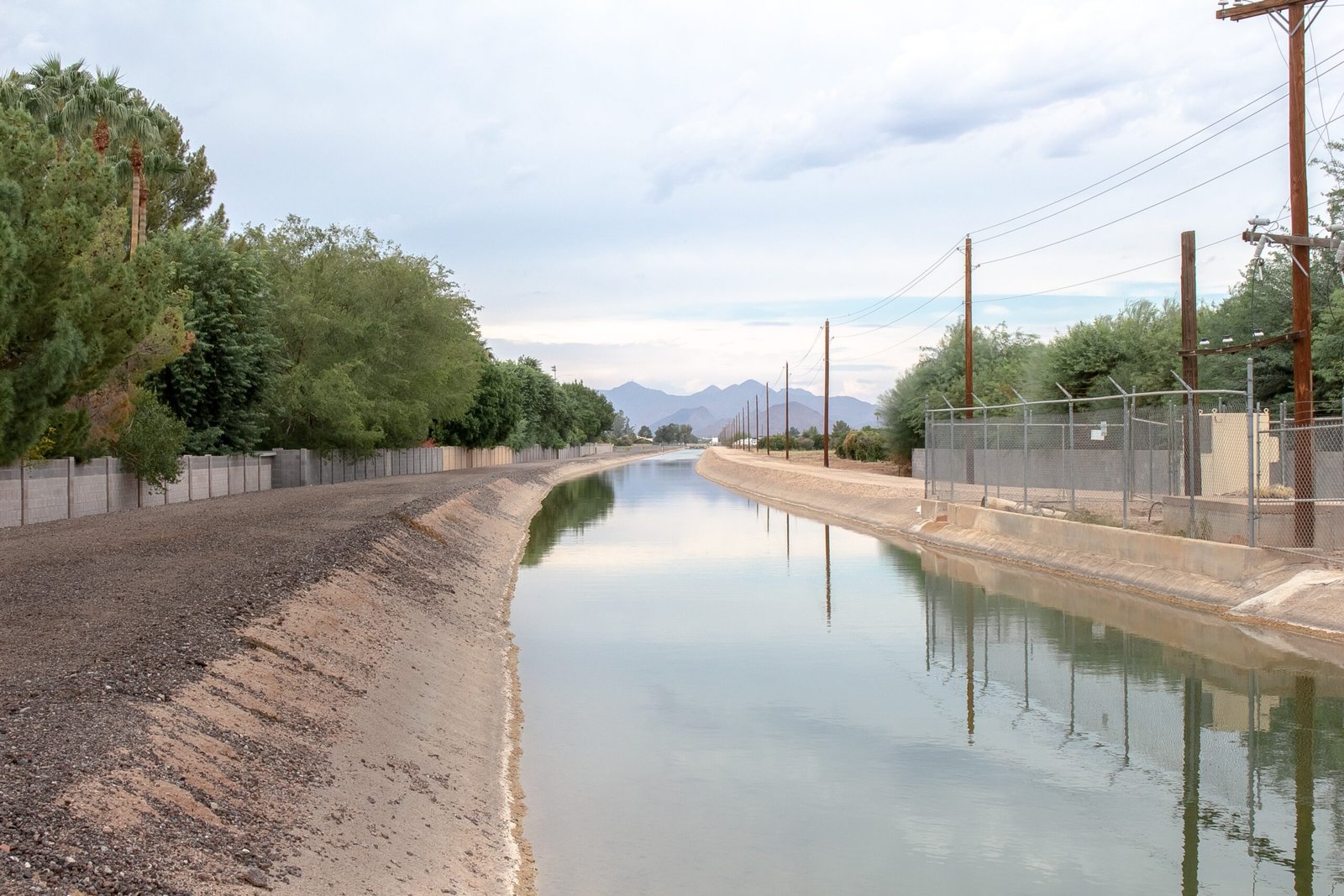
The story of the Hohokam didn’t end with their disappearance. Their canals laid the foundation for modern cities like Phoenix, which still rely on similar routes for irrigation and water supply. In fact, some of today’s canals follow the exact paths first carved out a thousand years ago. The legacy of the Hohokam lives on in the very lifeblood of Arizona’s communities. Their achievements are a reminder that even the harshest environments can be tamed with vision, unity, and hard work.
Mystery and Decline: Why Did the Canals Fall Silent?
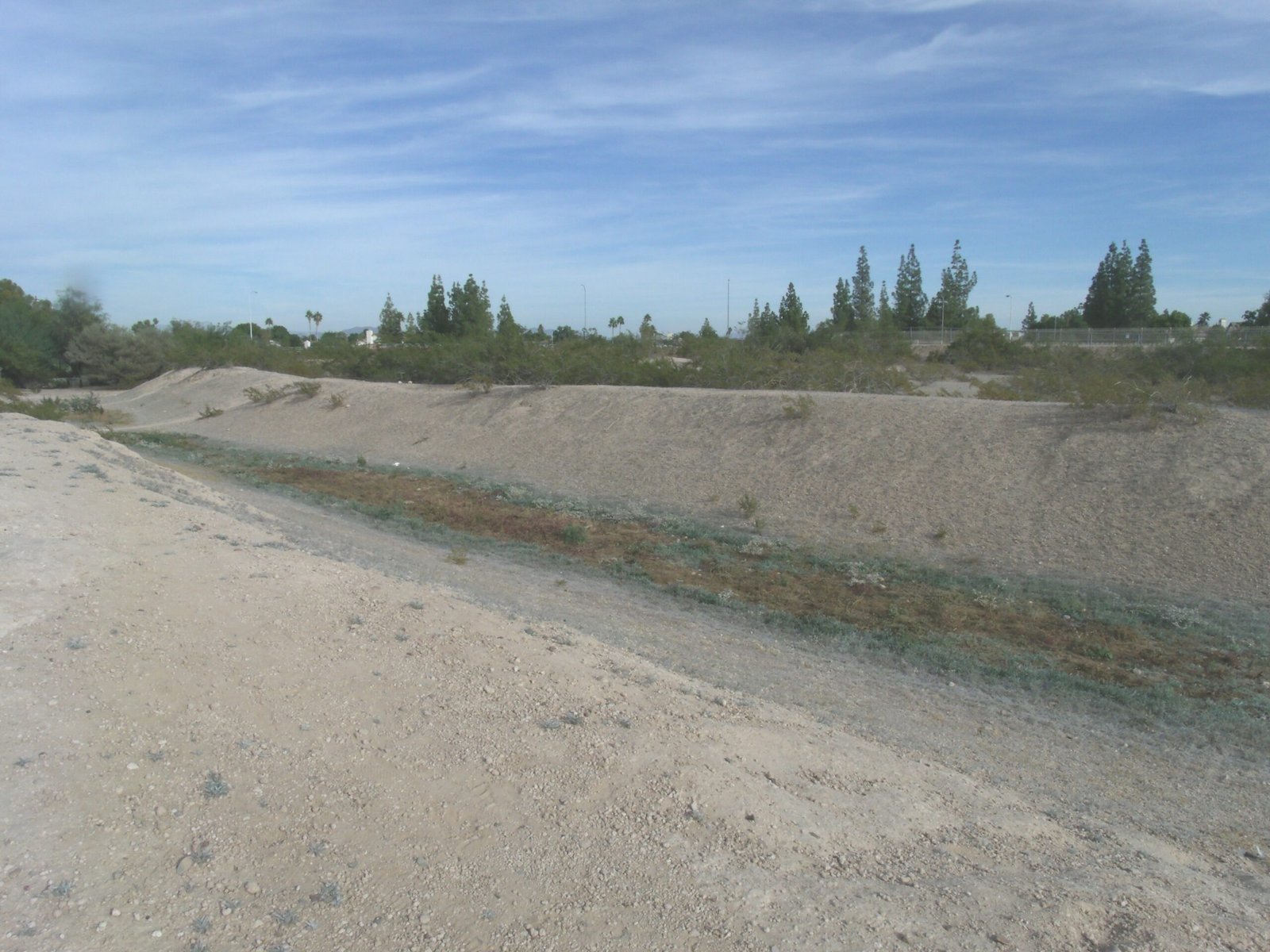
Despite their brilliance, the Hohokam eventually abandoned their great canal system. Scholars have debated the reasons for decades. Was it drought, floods, social unrest, or outside invaders? Some evidence points to a series of devastating floods that destroyed critical sections of the canals. Others suggest that overuse and salinization of the soil made farming impossible. Whatever the cause, the end was sudden and dramatic—villages emptied, fields went barren, and the once-thriving network fell silent. The canals, now dry and forgotten, became silent witnesses to a vanished way of life.
Modern Lessons from Ancient Ingenuity
As the world faces water shortages and climate change, the lessons of the Hohokam are more relevant than ever. Their story is a testament to the power of community-driven innovation and respect for natural resources. Modern engineers and planners look to the Hohokam for inspiration in sustainable water management, recognizing that ancient wisdom still holds value today. The lost canals remind us that with creativity and cooperation, it’s possible to overcome even the greatest environmental obstacles.
What would you have guessed: could you imagine that a vanished desert society once built waterworks to rival the wonders of Rome?



